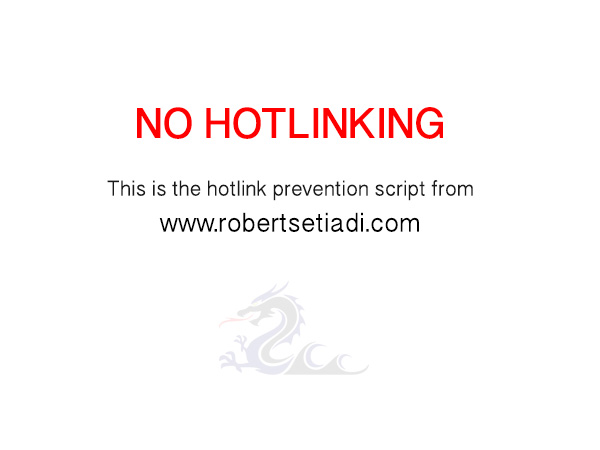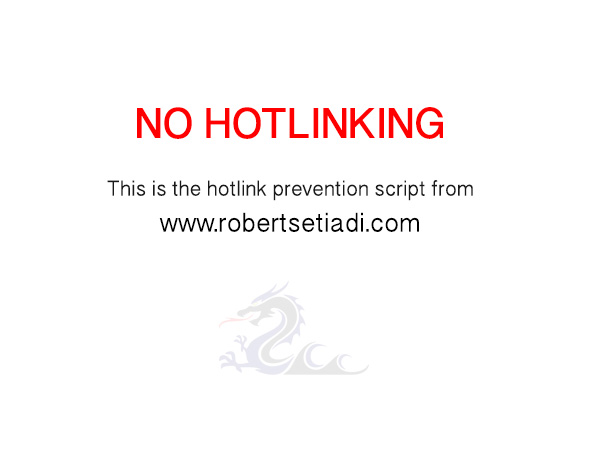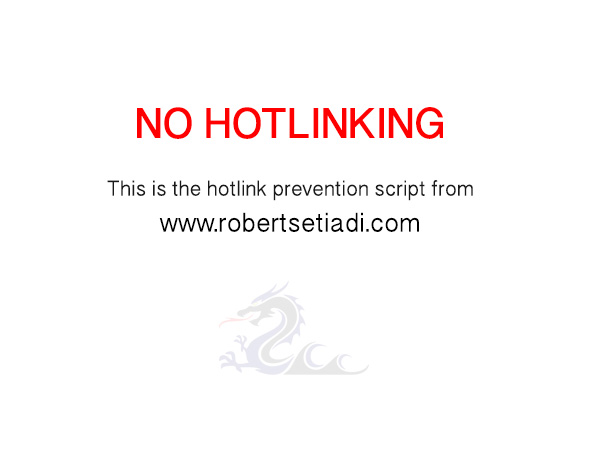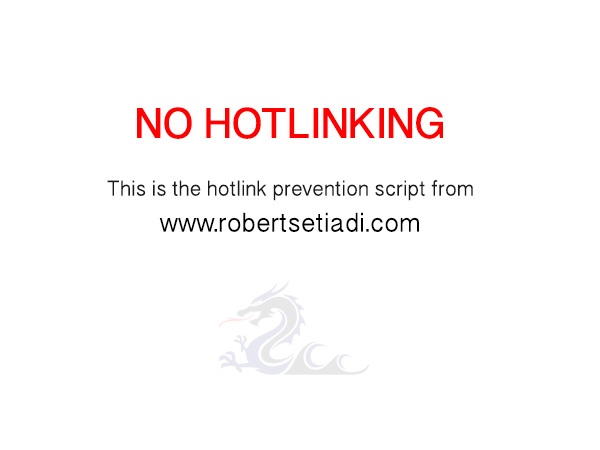
Wacom Bamboo Stylus Fineline is an active stylus for iPad with Bluetooth connection. It features super fine tip, only 1.9 mm. This allows us to treat this stylus more as a normal pen. Small tip would allow us to see the writing process and give us more control in hand-writing. I posted an earlier post few days ago about comparison between Bamboo Stylus Fineline and other iPad styluses from similar category. I suggest you also read the post if you have not done so.
Being an active stylus means Bamboo Stylus Fineline needs power. This is mainly needed to make it possible to emulate a human finger using a super small tip of only 1.9 mm, currently the smallest size possible. It has 1024 level of pressure sensitivity, but only available to certain apps. The battery is rechargeable. There is a micro-USB port at the back and we can basically use our other cables to charge this.
This stylus is reasonably light, weighs only 23 gr. The diameter is 10 mm (back) to 11.9 mm (front). Overall, I find this stylus is comfortable to hold. It features one button, which works as on/off switch as well as shortcut button for compatible apps.
The super-fine tip is made of plastic. Since the hardness of the tip is lower than the hardness of iPad screen, theoretically, it will not scratch iPad screen. Or rather, it is not hard enough to do so. However, it might leave some tracks on softer screen protectors and it can potentially damage iPad screen if it picks up hard particles. Thankfully this stylus is equipped with a cap, so we can carry it everywhere without worrying too much.

Turning on Bamboo Stylus Fineline is very easy. A short press to the button will activate the stylus. Generally the stylus works with most apps in my iPad mini 2 and iPad Air 1. Even though this stylus has Bluetooth connection for compatible apps with extra features, I tried turning off the Bluetooth in my iPad and Bamboo Stylus Fineline works without any problem. However, I tried this stylus on my iPhone 6 and my wife’s iPhone 5S and there was no reaction at all.
The main purpose of Bamboo Stylus Fineline is to help us write handwriting notes using our iPad. So I did a little experiment few days ago using few selected apps. Every picture below contains three screenshots from my iPad. The left screen is from using my finger to do handwriting using an app, the middle screen uses ordinary passive stylus and the right screen uses Bamboo Stylus Fineline.
Bamboo Paper app is an app developed by Wacom specifically for this stylus. The version I use for testing is 2.5.1. Indeed the stylus has the best response time when paired to this app, but the app itself feels lacking in a lot of areas. It is a decent app to write few things as part of experiment, but I could not imagine using this app for my actual note-taking in daily activities. There is no sync feature with Dropbox and/or iCloud, plus I can only export my notes as image.
As a general trend, the tracking quality gets better if we write reasonably fast. I tried to draw a triangle and a circle using the stylus. The left ones were produced by quick drawing and the right ones were produced by slow drawing.
Good Notes is another popular app for note-taking. The version I use for testing is 4.5.3. It has more features compared to Bamboo Paper. I like that Good Notes allows me to export my notes in PDF format. This app provides full support for Bamboo Stylus Fineline, including pressure sensitivity. After I pair the stylus and the app, I automatically get the feature of palm rejection and I can customise what action to trigger by pressing the button. Generally people would choose either “Undo” or “Eraser”. The reaction time of Bamboo Stylus Fineline is slightly slower than using the stylus with Bamboo Paper app. There is a noticeable lag and the position where a line appears on the screen is not really on the same spot as the location of the stylus’ tip. Took me a while to get used to this difference, but the stylus is certainly usable after that.
Penultimate is the recommended app for Adonit styluses. However, it does not provide native support for Bamboo Stylus Fineline. So my Bamboo stylus works as ordinary active stylus with this app. No palm rejection, no custom button, nothing. The version I use for testing is 6.0.4.
Noteshelf app is a nice note-taking app with lots of useful features including palm rejection for any input method and magnification window. Bamboo Stylus Fineline works well with this app. My handwriting looks good with this app and I like the overall experience with its user interface. Too bad this app does not allow me to export a notebook (with multiple pages) as one PDF file. The version I use for testing is 9.41.
Notes Plus app is an excellend app for note-taking. The version I use for testing is 4.7. So far, from all apps I have tried, this one gives me the most complete features. It can export my notes into PDF files. It has automatic sync of the entire library using Dropbox account. The writing interface provides us with the most options. However, in offering us so many features, the interface ends up being one of the most complicated as well.
Bamboo Stylus Fineline is natively supported by Notes Plus and using it in magnification screen produced the best handwriting result so far. Palm rejection works well. Plus this app has a lot of hidden features such as automatically converting our handwriting into typed text and automatically tidy up our doodles by creating nice circles, triangles or other shapes when it detects that we are trying to draw such shape.
For now, I still use both Noteshelf and Notes Plus until I can firmly decide on one. Bamboo Stylus Fineline works nicely with these apps and I can get decent experience I expected from digital note taking. Well, the experience is certainly not perfect as the stylus does feel lagging. The offset is noticeable. And the tapping sound when the tip touches the iPad screen can be quite irritating when working in quiet environment. Despite its limitations, it is still one of the best product available in the market today.






Is there a way to get the fineline to work as an active stylus on the iPhone 5s for texting?
unfortunately, none that I know of
Hi Robert,
I forget about notes application that you recommended, is it noteshelf or notes plus?
Thank You for the reply, Robert. I am almost choosing Fineline, I only have to test it in some store. Thanks again. By the way, Your website is very good.
Hello. Have You tried Adonit Jot Script? If You have, wich one is the best for note taking in class? Thanks
I have not purchased Adonit JotScript, but I have tried using some demo units in stores, plus I had watched countless YouTube videos on Adonit JotScript demonstration. There are few reasons I decided to chose Wacom Bamboo stylus instead of Adonit JotScript. The first one is feel of writing. None of these two products could create the same experience as conventional writing with pen and paper, but Wacom Bamboo did gave me slightly better experience. The second reason is the cap. It is very very useful as it helps to protect the stylus from picking up particles. The stylus tip could not damage our iPad screen, but some hard particles that got picked up (and somehow stick to the stylus tip) can create visible scratches.